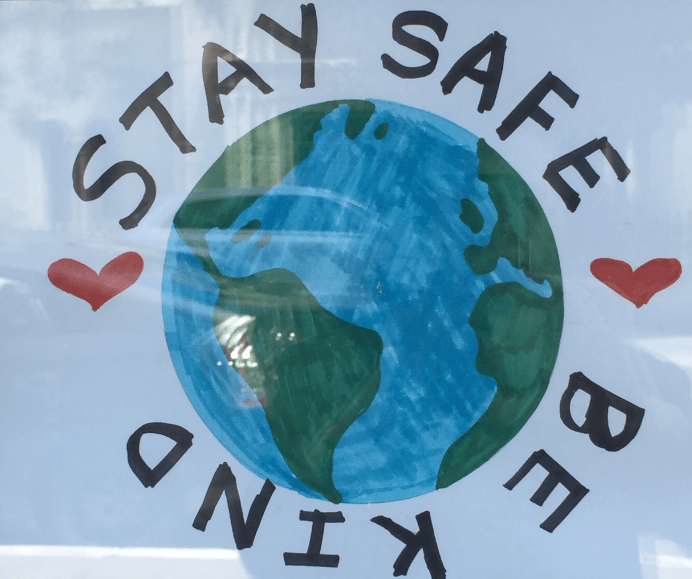How to Raise Money with Nonprofit Newsletters
 Yes, nonprofit newsletters can raise money!
Yes, nonprofit newsletters can raise money!
And they should delight, retain and upgrade donors too.
How does this work?
It works by using your newsletter to give credit where it is due.
To your donors!
- Great newsletters are the opposite of all about you and your organization. “We did this.” “We’re planning to do that.”
- Great newsletters sustain the joy donors felt at the moment of giving by confirming for them their decision was a good one. “You made this happen.” “Your gift gave a happy ending to this story.”
You see, a charitable gift is not the same as a purchase of a product or service. With the latter, you have something tangible to continue to appreciate (e.g., you use your laptop daily; you continually admire the new paint job on your house). With the former, you’ve got nothing but an initial shot of dopamine … and then a memory. For most donors, this becomes a distant memory. Because most nonprofits don’t consistently and repeatedly report back. With donors, out of sight truly does mean out of mind.
Use newsletters to show authentic gratitude and demonstrate how the donor’s gift made a difference.
You see, once is not enough. Research shows for gratitude to be deeply felt it must be repeated. Repeat gratitude and reporting back accomplishes the following:
-
Donor feels good
-
Donor trusts you’re good to your word.
-
Donor feels inclined to give again.
-
Donor retention increases
-
Average gift size increases
-
Your raise a lot more money over time

 When I think about nonprofit content marketing, one of my favorite marketing strategists is Jay Baer, author of
When I think about nonprofit content marketing, one of my favorite marketing strategists is Jay Baer, author of 


 I often say “If you want gifts, you must give them.”
I often say “If you want gifts, you must give them.”
 Times are tough. It’s easy to get demoralized. Especially if you work for a business, nonprofit or otherwise, that doesn’t feel ‘essential’ in today’s environment.
Times are tough. It’s easy to get demoralized. Especially if you work for a business, nonprofit or otherwise, that doesn’t feel ‘essential’ in today’s environment.
 I’ve been writing since this pandemic began about the importance of staying connected to donors right now.
I’ve been writing since this pandemic began about the importance of staying connected to donors right now.
 Resist the temptation to throw your hands up in the air because you’re hearing people are giving less now. While it may be true(ish), it doesn’t apply to everyone. And it doesn’t need to apply to your nonprofit.
Resist the temptation to throw your hands up in the air because you’re hearing people are giving less now. While it may be true(ish), it doesn’t apply to everyone. And it doesn’t need to apply to your nonprofit.


